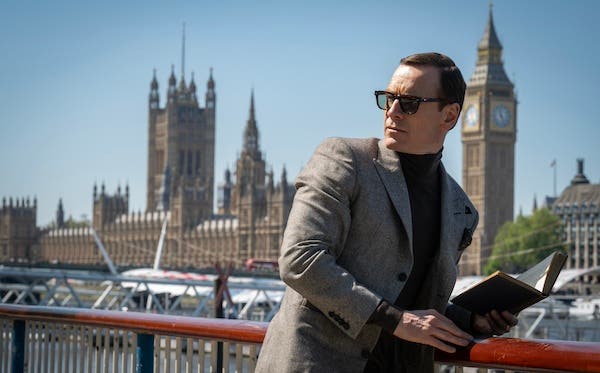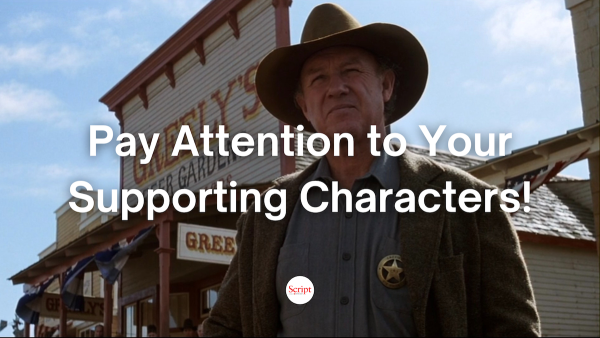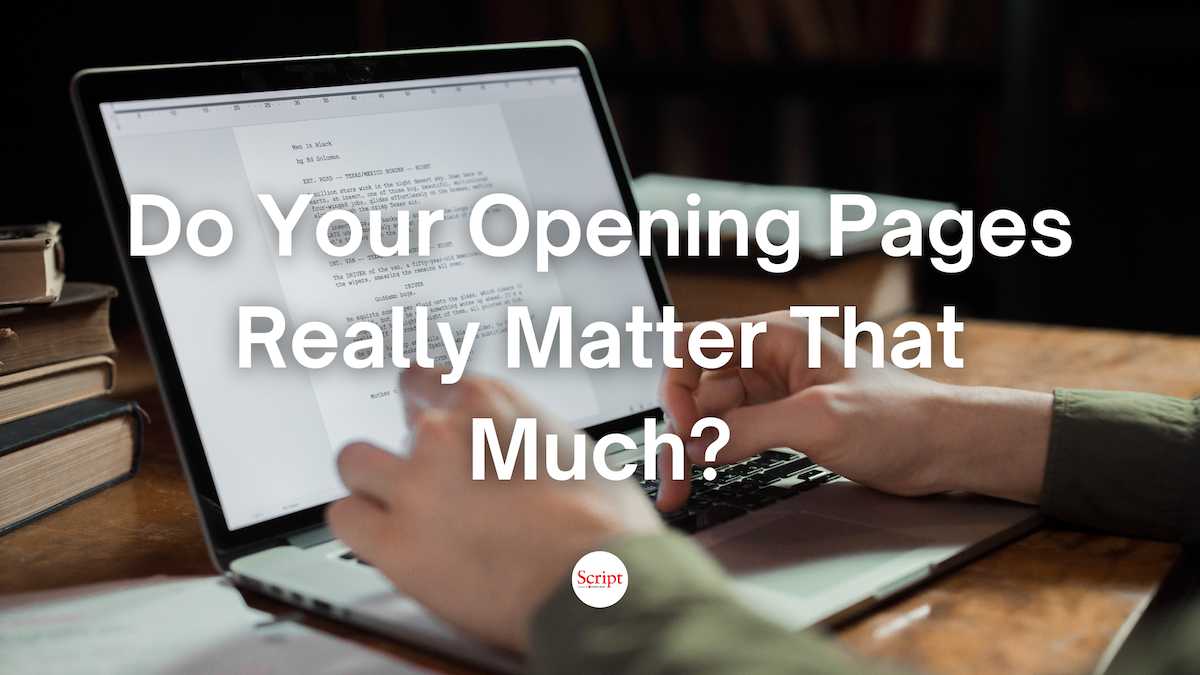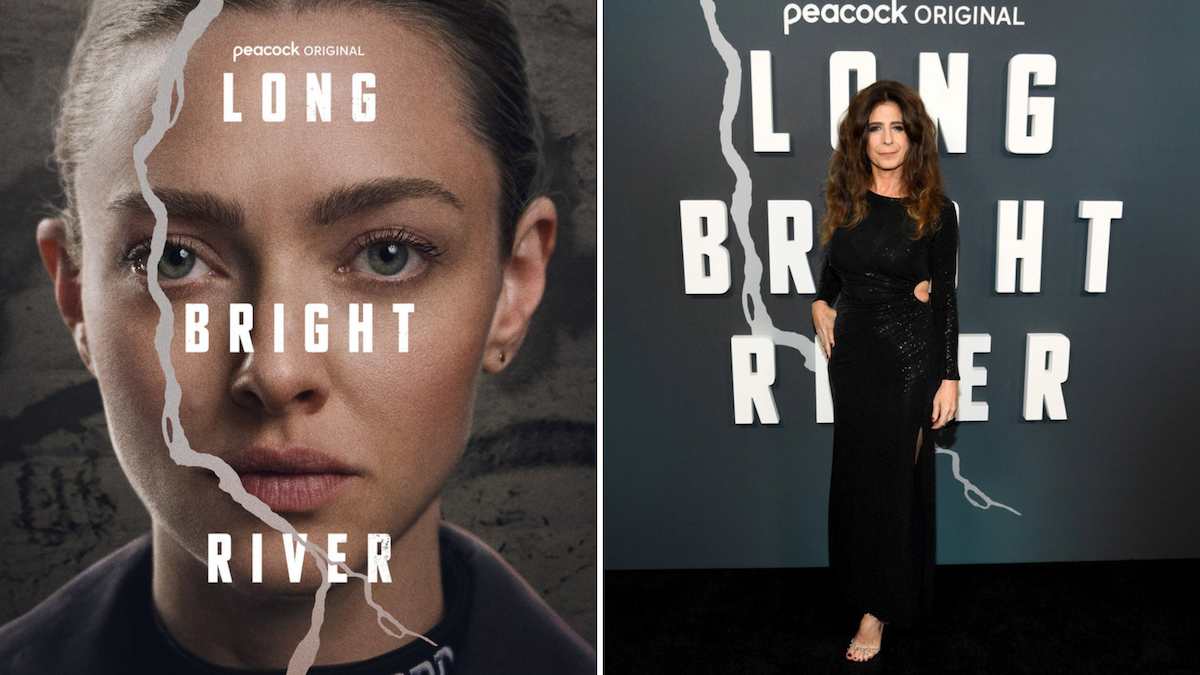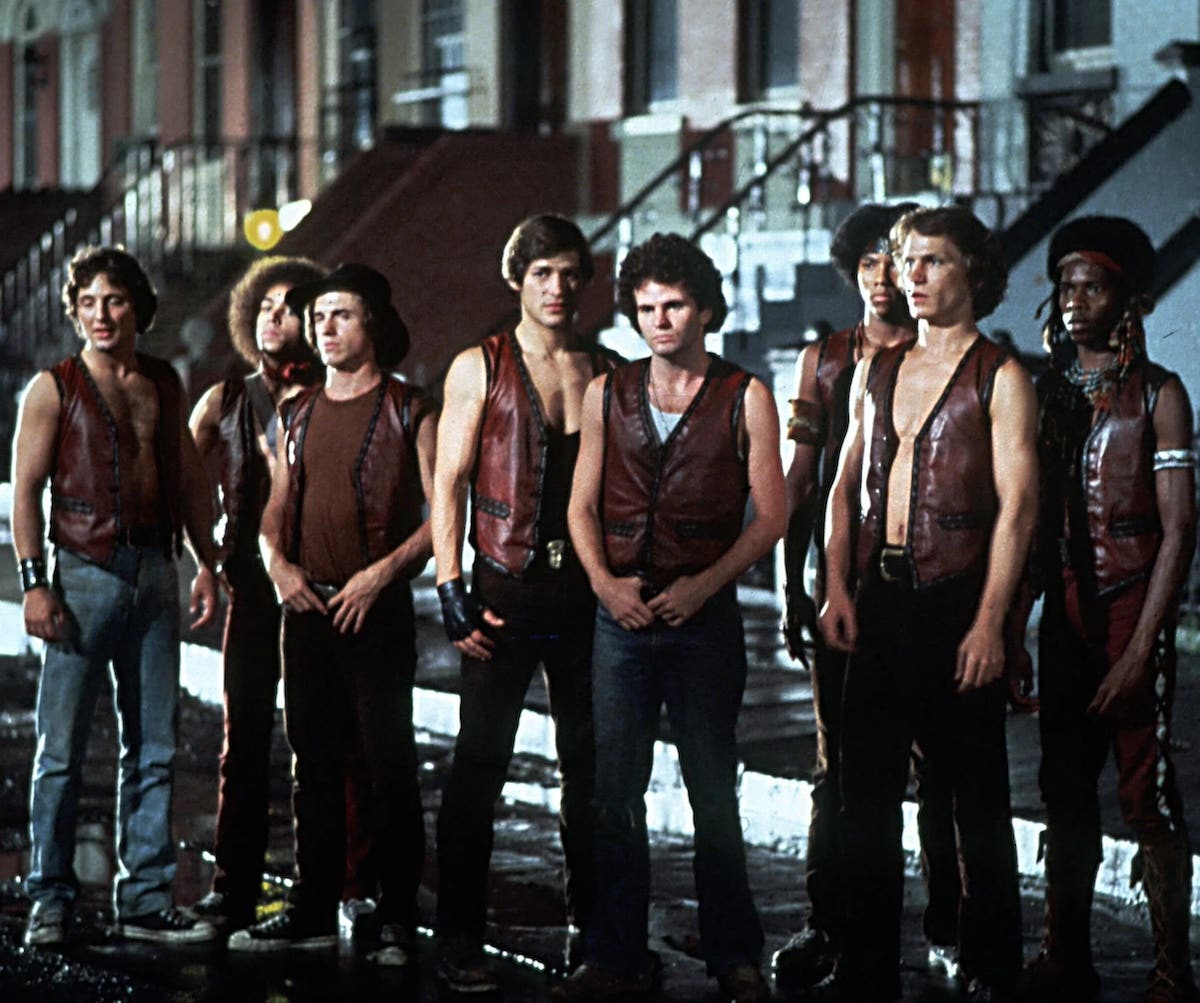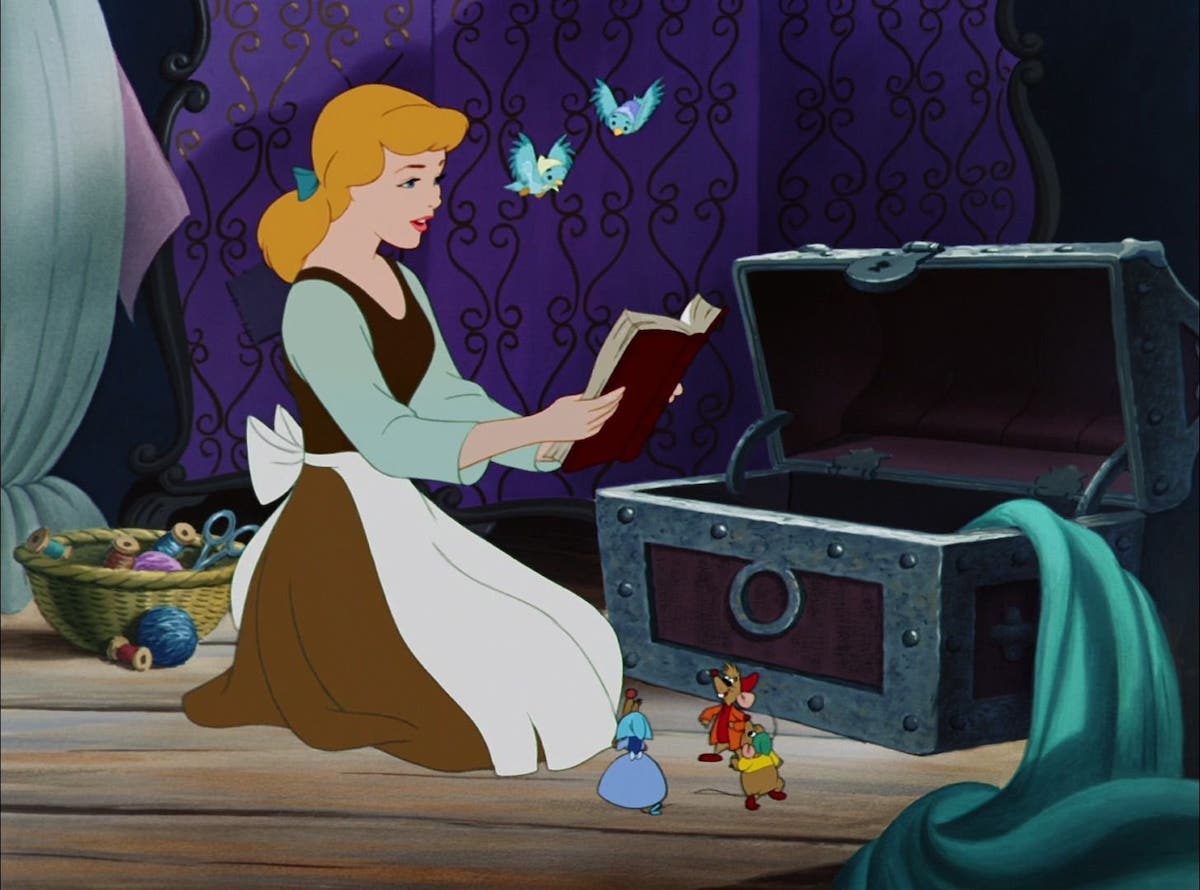Specs & The City: “We see…” and ‘Heat’ & ‘The Breakfast Club’
There’s are about as many opinions on screenwriting “rules” as there are screenwriters, but there’s one topic in particular that seems to raise the hackles of everyone involved: The use…
There’s are about as many opinions on screenwriting “rules” as there are screenwriters, but there’s one topic in particular that seems to raise the hackles of everyone involved: The use of ‘we see’ in a script. For whatever reason, this one debate gets screenwriters fired up, with everyone from amateurs to seasoned pros vowing to defend their opinion on the matter “to the pain” (much love, The Princess Bride).
Personally, I don’t use the phrase. I think that 99% of the time, there’s a better, more visual way to describe the scene. The exception for me would be scenes where you're describing a character in a scene, where something else is going on which that person is not aware of.
John yawns as he opens the refrigerator door and peers inside. We see the front door creep open slowly as the thief lets himself into the apartment.
That’s not going to blow anyone away in Hollywood, but you get the point; most of the time, I think you can do better than a ‘we see,’ but I won’t generally hold it against a script… unless it’s overused. As with any aspect of your script, if you overuse consistently, it’s going to grow stale and impact a readers enjoyment of your script.
Let’s take a look at one example where I feel the use of ‘we see’ is overused, and another where it seems justified to me.
“We see” and ‘Heat’ & ‘The Breakfast Club’
Michael Mann’s atmospheric crime drama Heat definitely seems to veer into the overuse column. Here’s one small excerpt (with an annotated ‘we see’ counter added in for your enjoyment)…
On the one hand, I can’t even get upset at Mann here; that many uses in one action block actually crosses the line and almost starts being impressive. On the other hand, I want to grab a bottle of something and read the entire script as a drinking game. Now, I realize that this overrated film (sorry, Heat fans) is beloved, and enough people thought the story was good enough to warrant buying the script and making the movie, but that doesn’t make it good writing. In this case, the use of ‘we see’ doesn’t bring any added benefit to the story, so why trot it out so frequently? The truth is, if your story is as good as most people think Heat is, then it’s going to get snapped up any way. But if the goal is to write a visual story as well as possible in the hopes of getting noticed, then you need to be at the top of your game. Moving on, here’s another example from the John Hughes’ classic, The Breakfast Club, that I think pulls off using ‘we see’ in a story benefiting manner.
Here, Hughes used the ‘we see’ sparingly; directing the reader to other activities going on in the room that heighten the atmosphere of the scene.
And that’s the key for me. Whether you use ‘we see’ or not is a matter of your individual voice; don’t let anyone dictate that to you. But whatever decision you make, it should be well-thought out and serve a purpose within the script itself.
Until next week, don’t you forget about me, and keep writing!
Related Articles:
- More Specs & The City articles by Brad Johnson
- Balls of Steel: When to Stop Listening to Screenwriting Experts
- Meet the Reader: On Sluglines and Other Matters
Tools to Help:
Brad Johnson is a screenwriter and producer who has placed in multiple competitions including Final Draft Big Break and the Walt Disney Television Writing Program. He has served as a judge for the Nashville Film Festival and the NYC Midnight Short Screenplay Challenge, and worked as a script consultant through his website, ReadWatchWrite.com. You can follow Brad on Twitter @RWWFilm.


